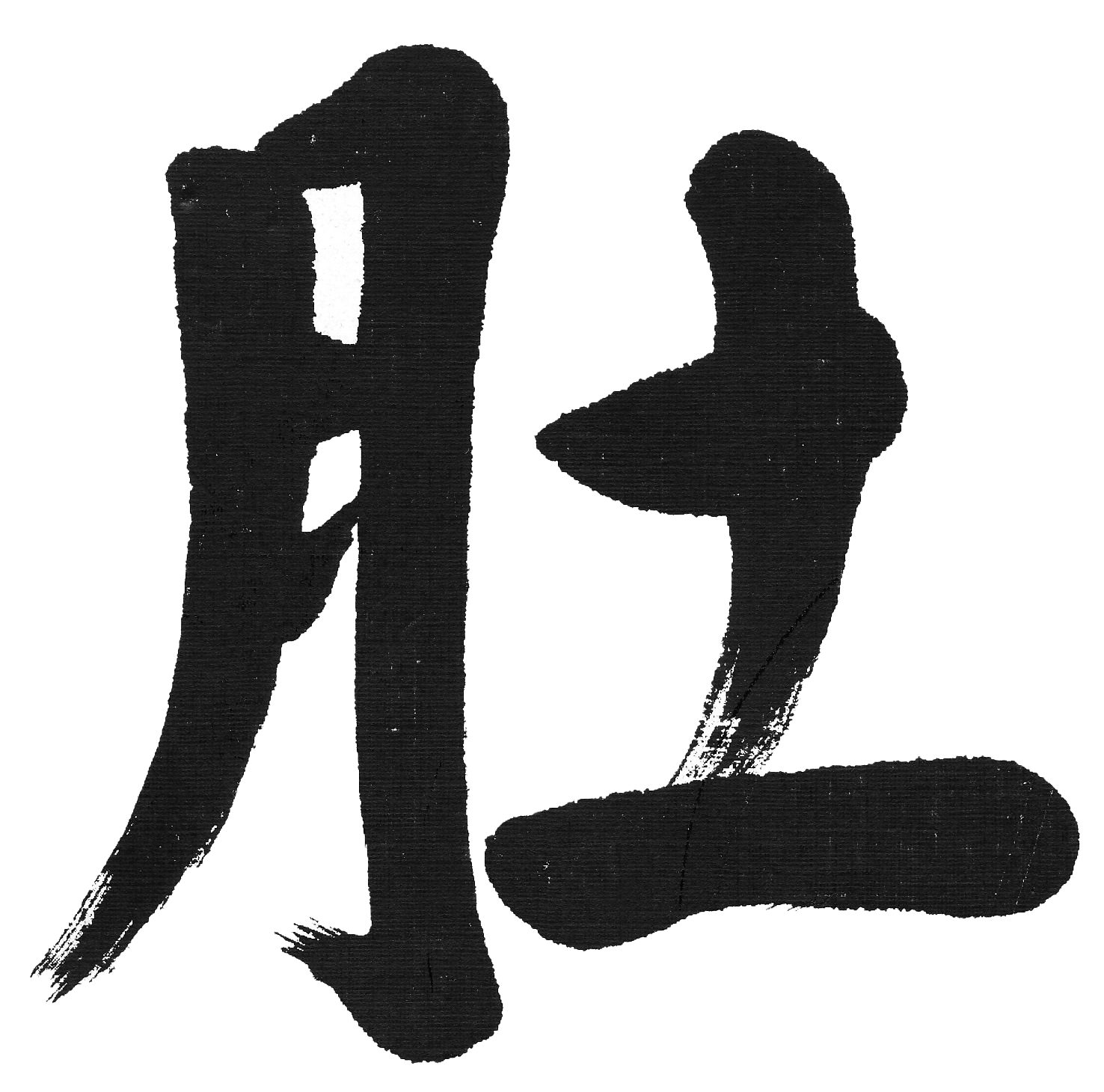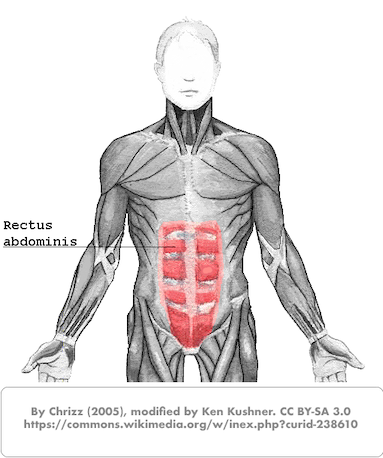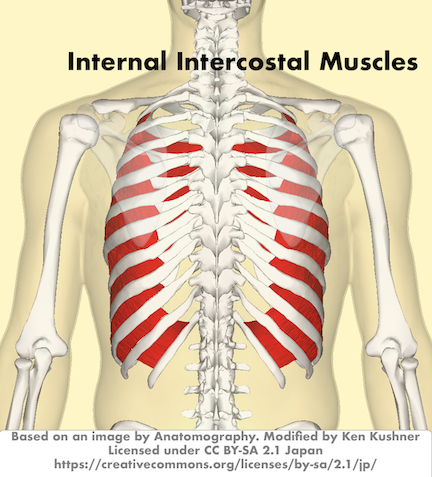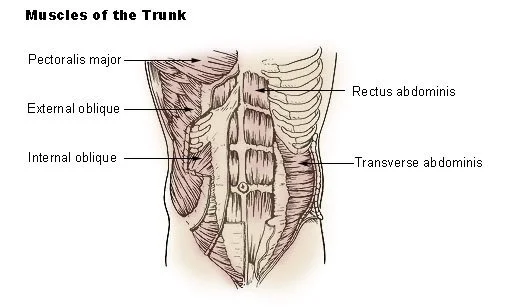“Science and Practice of Tanden Breathing” by Takayoshi Kubota
In my last two posts, I explored the life and teachings of Yukei Fujita, the founder of the Chowado Kyokai (the Association for the Law of Harmony), a group devoted to tanden—or hara (I’ll use these terms interchangeably)—breathing. In this post, I want to turn to Science and Practice of Tanden Breathing by Dr. Takayoshi Kubota, the book that first introduced me to Fujita and the Chowado Kyokai.
Dr. Kubota begins with a brief autobiographical sketch: He was born in 1944, trained at Juntendo University, and is now practicing as an obstetrician-gynecologist in Ishioka City, Ibaraki Prefecture. He explains that he began practicing tanden breathing in middle age for health reasons. He was affiliated with the Chowado Kyokai—an organization that has since disbanded but clearly influenced him. The book was published in Japanese in 2017, with an English translation following in 2019. I first learned about it when a student mentioned the new English edition.
Kubota’s book stands out in several ways. It’s available only as a Kindle edition, which is unusual. More importantly, it zeroes in on the science and physiology behind hara breathing. Much of the research he presents involves Kubota himself as the subject, monitored with a range of medical and physiological devices. Readers also receive access to video recordings of some of these studies—including striking functional imaging of his diaphragm during different breathing patterns.
Definition of Tanden Breathing
Kubota emphasizes that a defining feature of tanden breathing is the increase in pressure within the abdominal cavity. He attributes this understanding to Dr. Muraki, the second president of the Chowado Association. Kubota includes a photo of Dr. Muraki using a device that looks remarkably similar to the HaraMeter used in our own training, though he notes it was abandoned as a research tool due to reliability issues—prompting him to use more sophisticated methods.
He describes two main forms of tanden breathing: abdominal breathing and reverse abdominal breathing. In abdominal breathing, abdominal pressure increases on inhalation; in reverse abdominal breathing, it increases on exhalation, with the upper abdomen becoming slightly “dented.” While the terminology differs from what I was taught, his description of reverse abdominal breathing aligns closely with what we consider hara breathing. Kubota suggests that abdominal breathing promotes relaxation, while reverse abdominal breathing supports martial arts and mental focus.
In one series of studies, Kubota measured his abdominal pressure during zazen while using three types of breathing: “normal breathing” and two forms of reverse abdominal breathing. Normal breathing consistently produced low abdominal pressure, whereas both forms of reverse abdominal breathing generated much higher pressures. Although Kubota didn’t study the effects of tanden breathing on the mind, our Zen tradition holds that the quality of samadhi is shaped by the quality of the breath (I discuss this in one of the videos in our online course). It’s reasonable to hypothesize that increased abdominal pressure during zazen plays a key role in this relationship.
The Musculature Involved in Exhalation
For many years, I believed that the rectus abdominis—the “six-pack” muscle—was the primary driver of exhalation in hara breathing. I thought that hara development allowed one to selectively contract different parts of the rectus, creating the sensation of the lower abdomen protruding during exhalation. It felt true in my body—but I was mistaken.
Kubota explains that the key muscles involved in exhalation (aside from the diaphragm) are the internal intercostals and three abdominal muscle groups: the transverse abdominals, the external obliques, and the internal obliques. Their contraction compresses the abdominal wall, increasing internal pressure. Although he doesn’t emphasize it, this likely helps the diaphragm ascend, pushing air out of the lungs. He notes that concentric tightening of the transverse abdominals produces the “dent” in the upper abdomen we’ve discussed before.
My earlier misunderstanding reminded me of how limited our proprioception can be, especially when it comes to breathing. Most (or all) of us cannot feel our diaphragm directly. But through hara training, I’ve developed much clearer awareness of other key muscles, particularly the transverse abdominals.
The Role of the Pelvic Floor
Kubota also studied the relationship between pelvic floor tension and abdominal pressure. He found that intentionally tightening the anal sphincter activates the transverse abdominals and external obliques while increasing abdominal pressure during reverse abdominal breathing. This finding aligns closely with our Zen and hara development traditions, where we are taught to apply a slight tone to the pelvic floor during exhalation. Ellen explains this in detail—and offers exercises—in our online video course.
Functional Imaging Videos
As noted earlier, the Kindle edition includes access to functional imaging videos showing Kubota performing different breathing techniques. Some use fMRI; others rely on ultrasound. They provide a rare, non-animated look at what happens internally during tanden breathing. These were the first functional images I had ever seen of diaphragmatic movement during hara breathing, and they remain valuable even years later.
Conclusion
I highly recommend Science and Practice of Tanden Breathing to anyone interested in the physiology of hara breathing. It is available exclusively as a Kindle e-book on Amazon. Kubota has also released a less technical companion volume, Science and Practice of Tanden Breathing for Beginners, which includes additional content and its own short functional imaging video.
I mentioned two videos from our online course: Hara Foundations. While we recommend that readers view all of the videos in it by registering (at no cost), you can find a direct link (without need for registration) to Ellen’s video on the pelvic floor here and to the one in which I discuss the relationship between hara breathing and the mind here. As always, we welcome any comments about the course or about the blog, including suggestions for future post.
Finally, Chosei Zen will be offering a 21-day online group hara development practice beginning January 5, 2026. It’s an excellent way to begin the new year with structured training. If you haven’t practiced zazen with our Virtual Dojo before, we recommend joining the online introduction session on January 4.



